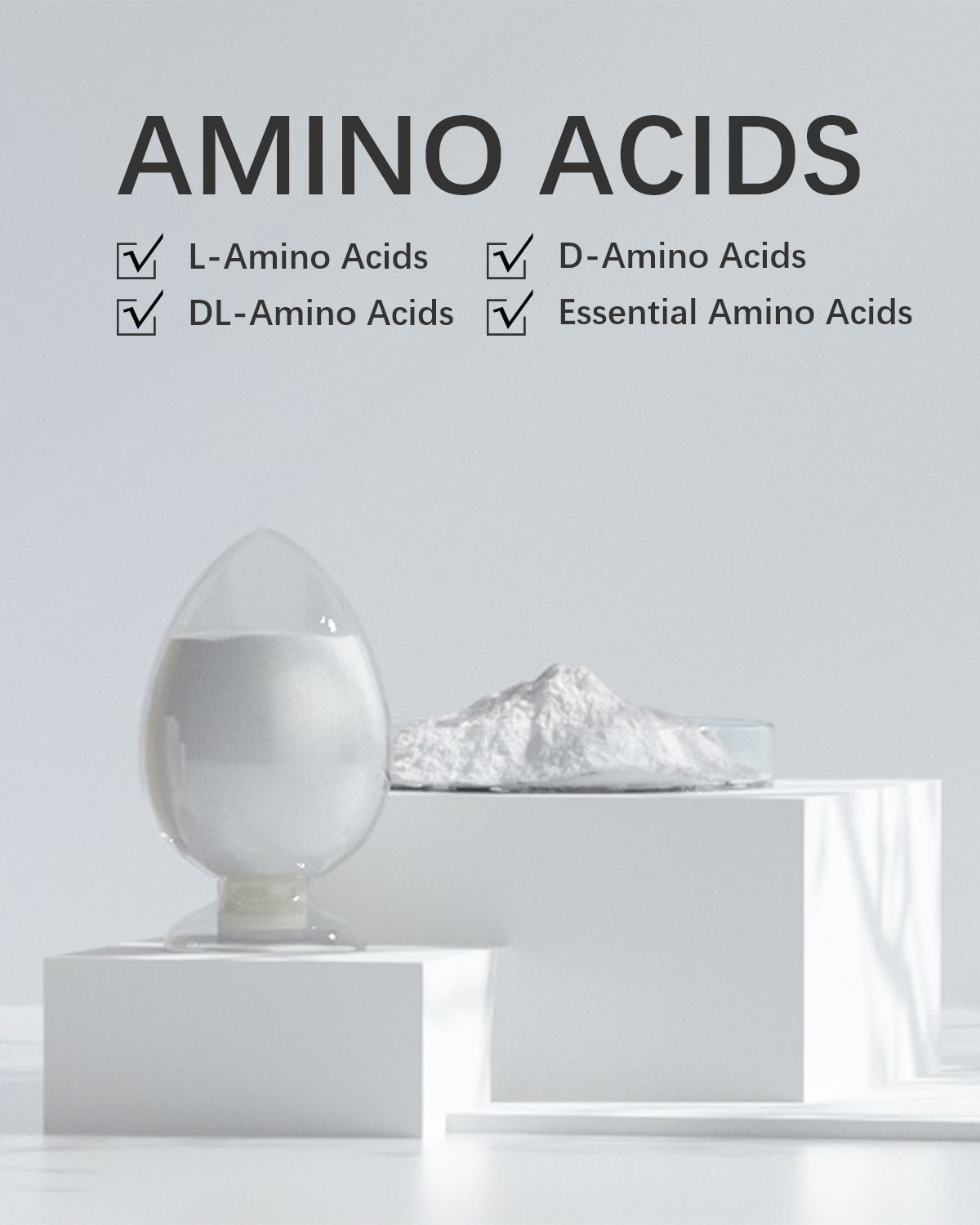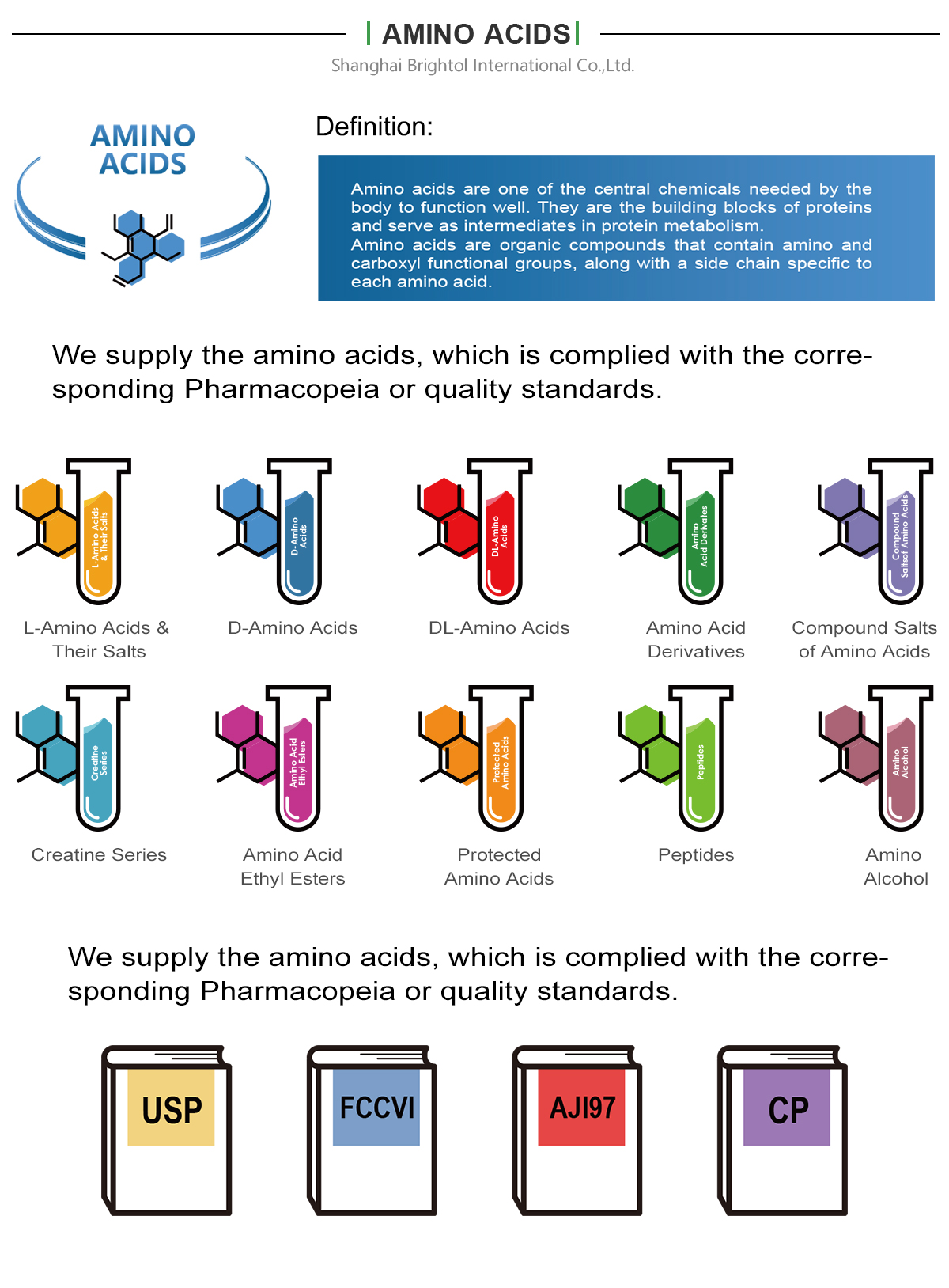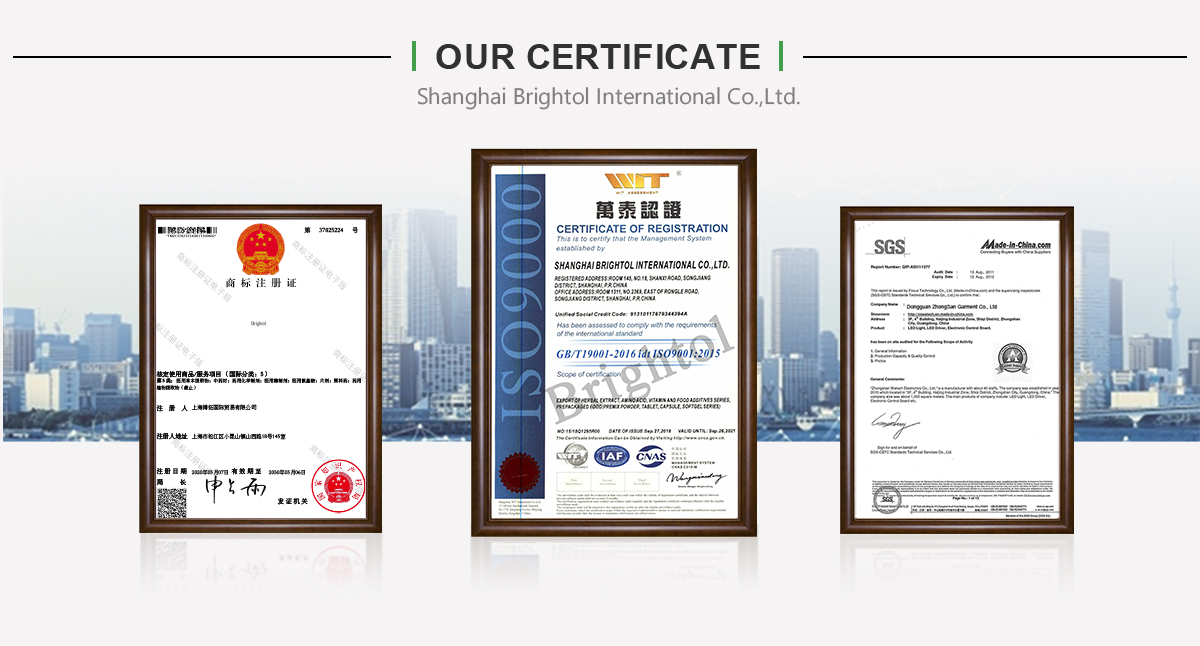

Product Name: L-Asparagine
Synonyms: 2-Amino-3-carbamoylpropanoic acid;
2-Aminosuccinamic acid; L-Aspartic acid 4-amide
Molecular Formula: C4H8N2O3
Molecular Weight: 132.12
CAS No.: 70-47-3
EINECS: 200-735-9
Description
Asparagine is a non-essential amino acid as it is being produced in our body from the other amino acid. It is one of the natural amino acids. It has codons AAU and AAC. Its side chain functional group is carboxamide. It was first obtained from asparagus in 1932. Aspargine contains an amide linkage with ammonia at the beta-carboxyl end. It is one of the glucogenic amino acids. It is uncharged amino acid along with polar side chain.


Product Name: L-Asparagine
Synonyms: 2-Amino-3-carbamoylpropanoic acid; 2-Aminosuccinamic acid; L-Aspartic acid 4-amide
Molecular Formula: C4H8N2O3
Molecular Weight: 132.12
CAS No.: 70-47-3
EINECS: 200-735-9
Description
Asparagine is a non-essential amino acid as it is being produced in our body from the other amino acid. It is one of the natural amino acids. It has codons AAU and AAC. Its side chain functional group is carboxamide. It was first obtained from asparagus in 1932. Aspargine contains an amide linkage with ammonia at the beta-carboxyl end. It is one of the glucogenic amino acids. It is uncharged amino acid along with polar side chain.
Sources
Although being not essential still asparagine is found in many different foods. It sources are as follow
1) Animal sources: Some of its animal sources are meat, beef, chicken, poultry, eggs etc
2) Plant sources: Asparagine plant sources are potatoes so eating French fries will give you asparagine along with starch. It is also found on roasted coffee. Other sources are asparagus, nuts, legumes, seed, whole grains and soy etc.
Asparagine is present in plants proteins in large amount.
Biosynthesis
This amino acid in our body is formed from aspartate by asparagines synthetase by using glutamine as the amide donor. This reaction requires ATP and like the synthesis of glutamine has equilibrium far in the direction of asparagines synthesis.
Functions
1) Asparagine gives rise to aspartic acid by the reversal reaction and also gives rise to ammonia. This reaction is catalyzed by asparaginase. Aspartic acid can then be converted into oxaloacetic acid which enters the citric acid cycle then. Ammonia formed then gives rise to urea.
2) Our central nervous system also requires this amino acid where it helps in maintenance of balance or equilibrium. It is also essential for the proper functioning and health of our nerves and other cells of the body. It controls their metabolism in the brain.
3) There is a linked between asparagine with the aspartic acid. If there is a deficiency of asparagines, it will lead to low levels of aspartic acid as it’s is involved with aspartate synthesis. Due to less synthesis of aspartic acid urea cannot be synthesized and excreted. This may lead to accumulation of nitrogen-containing harmful metabolites in the blood which directly affect our brain and lead to confusion, headache, irritability or depression etc. So this amino acid should be present in normal level within our body.









